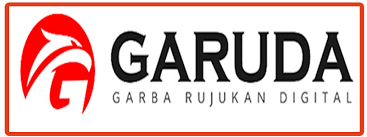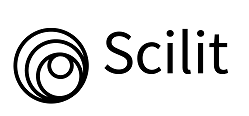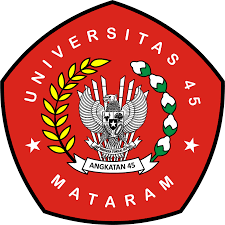LINTASAN BELAJAR: ANALISIS DATA FASE A DALAM KONTEKS MAKANAN KHAS BERBAHAN DASAR SINGKONG DARI KARANGNONGKO DENGAN PENDEKATAN PMRI
Ethnomathematical Study of Snacks Made from Cassava Typical of Karangnongko in Data Analysis Mathematics
DOI:
https://doi.org/10.59896/aqlu.v2i1.50Keywords:
traditional food, cassava, data analysisAbstract
This research aims to explore the learning trajectory of data analysis in the Fase A class using the case study or action research method in the context of traditional food from cassava with the PMRI (Indonesian Realistic Mathematics Education) approach. The focus of this research is on the diversity of traditional foods made from cassava. The research method used is action research which involves Fase A class students in understanding and analyzing data related to traditional food that uses cassava as the main ingredient. Through the PMRI approach, students are encouraged to understand not only the mathematical aspects of the data, but also the cultural aspects and local wisdom related to the food.
The results of this research indicate that by applying PMRI in teaching, students can be more actively involved in collecting, analyzing and interpreting data about traditional cassava food. They learn how to convert quantitative information into a deeper qualitative understanding of the rich culture around them
References
Agusta, E. S. (2020). Peningkatan Kemampuan Matematis Siswa Melalui Pendekatan Pendidikan Matematika Realistik. ALGORITMA: Journal of Mathematics Education, 2(2), 145–165. https://doi.org/10.15408/ajme.v2i2.17819
Anderha, R. R. (2021). Perkembangan Pembelajaran dan Pendidikan Matematika Melalui Sejarah Matematika. Jurnal Dunia Ilmu, 1(2), 1–6. http://duniailmu.org/index.php/repo/article/view/26%0Ahttp://duniailmu.org/index.php/repo/article/download/26/23
Bintoro, H. S., & Zuliana, E. (2015). Pembelajaran Realistic Mathematics Education (Rme) Ditinjau Dari Kreativitas Belajar Matematika Siswa Terhadap Prestasi Belajar Matematika Siswa. Refleksi Edukatika, 4(1). https://doi.org/10.24176/re.v4i1.428
Fakhrezi, F., Nursyahidah, F., & Albab, I. U. (2023). Hypothetical Learning Trajectory Bangun Ruang Sisi Datar Berbantuan Adobe Animate: Konteks Makanan Tradisional Jawa Tengah. Al-Khwarizmi : Jurnal Pendidikan Matematika Dan Ilmu Pengetahuan Alam, 11(2), 187–204. https://doi.org/10.24256/jpmipa.v11i2.3707
Indriani, E., Utami, R. T., & Vernanda, G. (2023). Implementasi Kurikulum Merdeka pada Fase A Tunagrahita. JIIP - Jurnal Ilmiah Ilmu Pendidikan, 6(11), 8854–8860. https://doi.org/10.54371/jiip.v6i11.2709
Meirisa, A., Rifandi, R., & Masniladevi, M. (2018). Pengaruh Pendekatan Pendidikan Matematika Realistik Indonesia (PMRI) Terhadap Keterampilan Berpikir Kritis Siswa SD. Jurnal Gantang, 3(2), 127–134. https://doi.org/10.31629/jg.v3i2.508
Suardipa, I. P., Handayani, N. L., & Indrawati, I. M. (2021). Pembelajaran Learning Trajectory Berbasis Ethnomathematics. Widyanata, 3(1), 37–46.
Triwidayati, M., & Harsana, M. (2020). Potensi Makanan Tradisional Sebagai Daya Tarik Wisata Kuliner Di D.I. Yogyakarta. Universitas Negeri Yogyakarta, 15, 1–24.
Umbara, D. S. (2017). Paradigma Masyarakat Terhadap Pemanfaatan Tanaman Singkong Sebagai Tanaman Produktif Di Indonesia. Jurnal Hexagro, 1(1), 34–37. https://doi.org/10.36423/hexagro.v1i1.124
Yulianty, N. (2019). Kemampuan Pemahaman Konsep Matematika Siswa Dengan Pendekatan Pembelajaran Matematika Realistik. Jurnal Pendidikan Matematika Raflesia, 4(1), 60–65. https://doi.org/10.33449/jpmr.v4i1.7530
Downloads
Published
How to Cite
Issue
Section
License
Copyright (c) 2024 Muhamad Nailul Furqon, Abdullah Basar, Eka Zuliana

This work is licensed under a Creative Commons Attribution-ShareAlike 4.0 International License.















